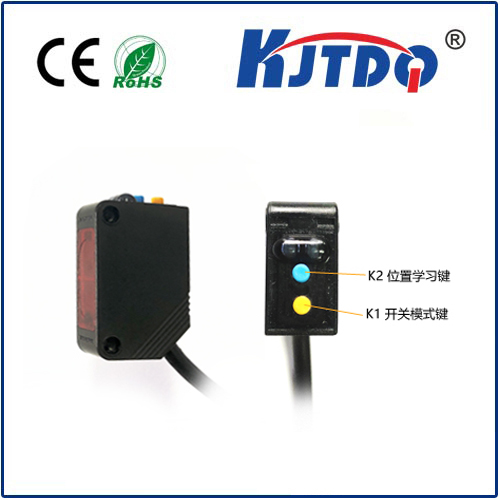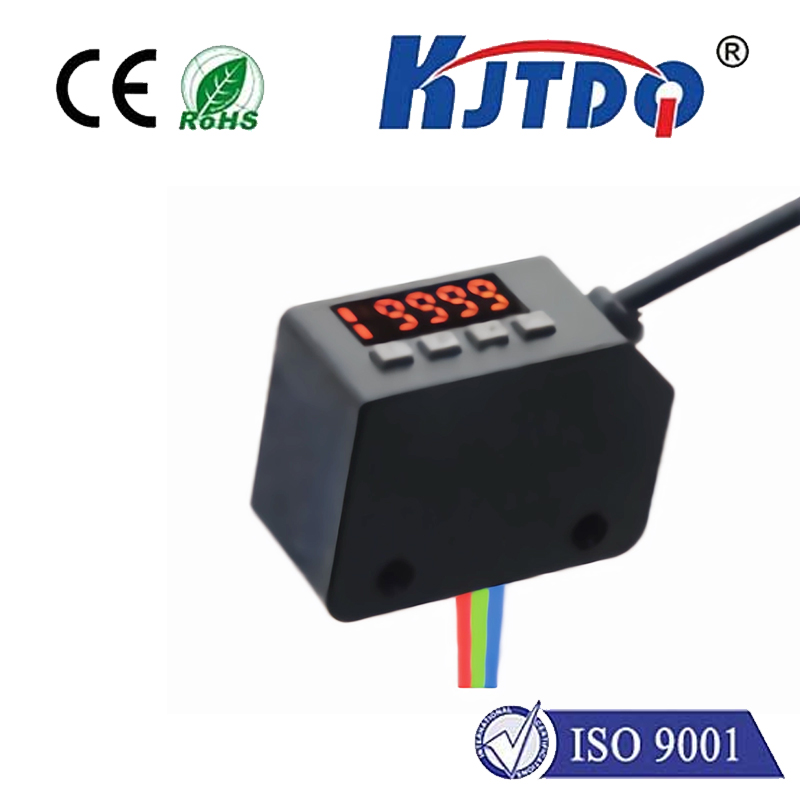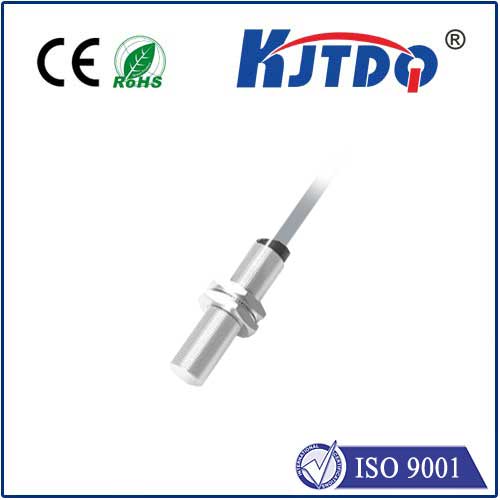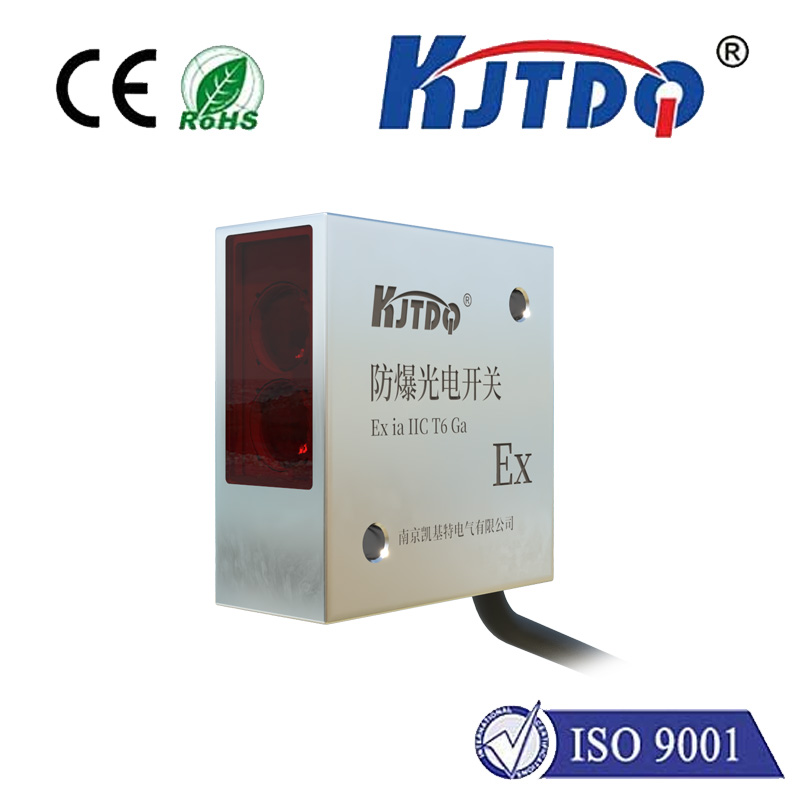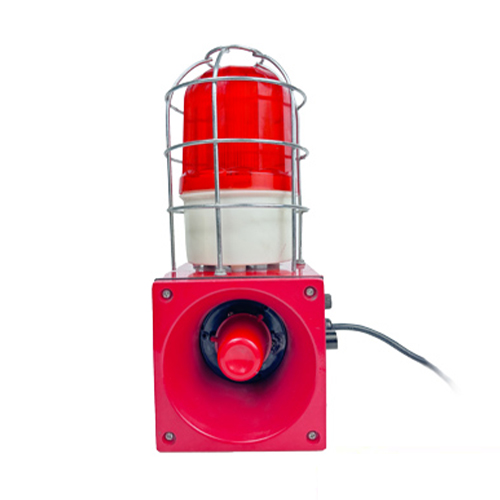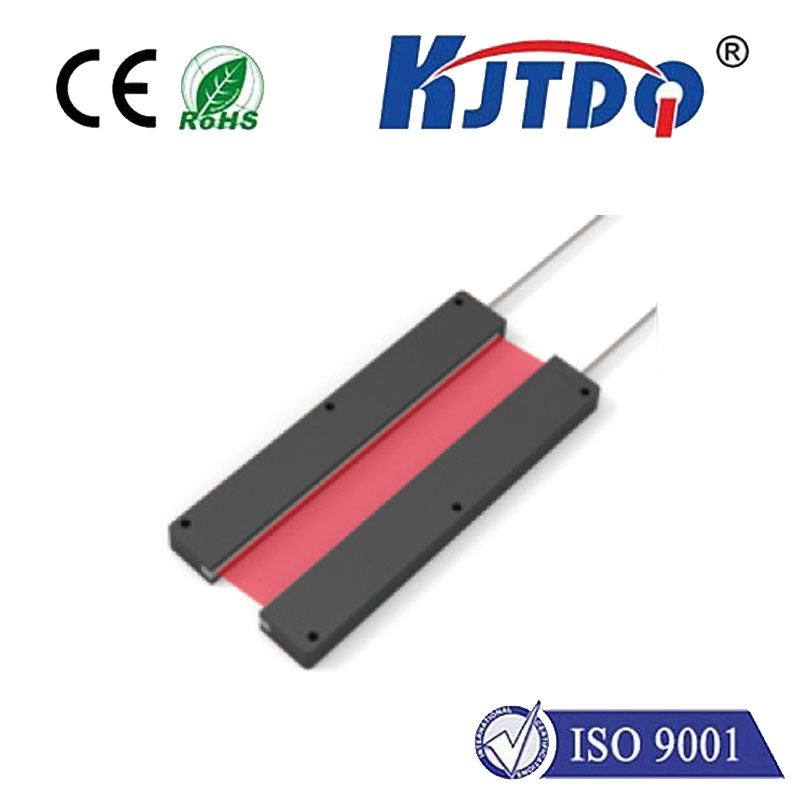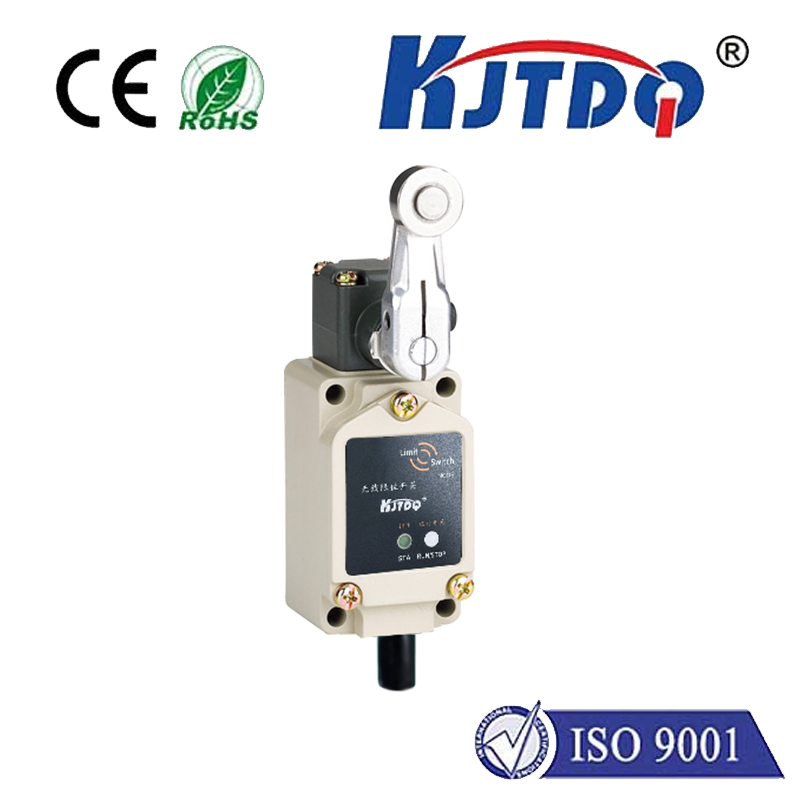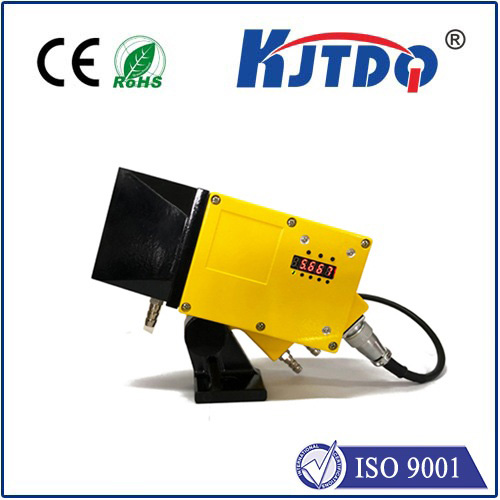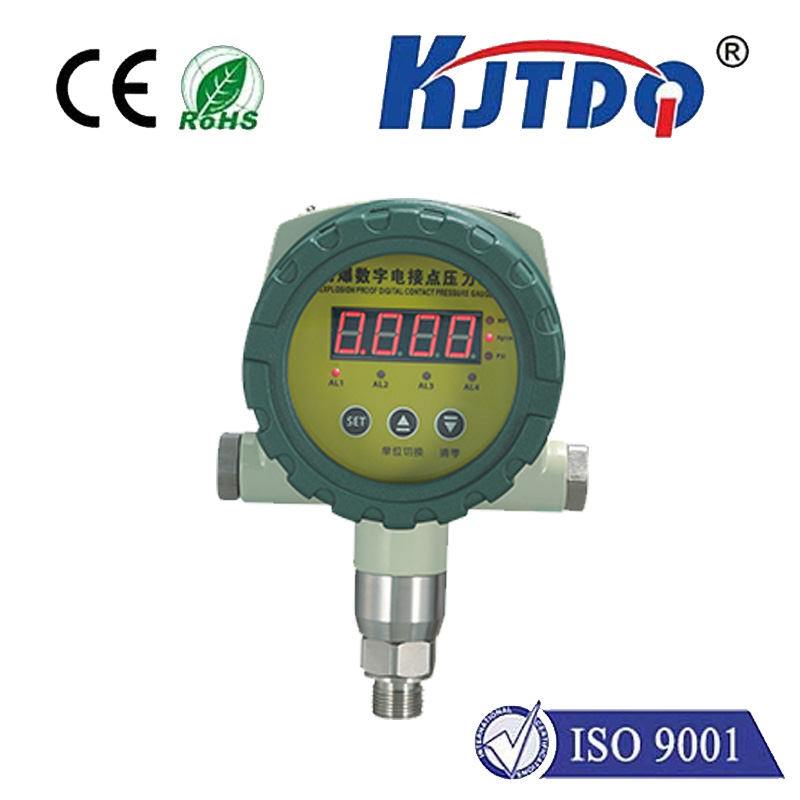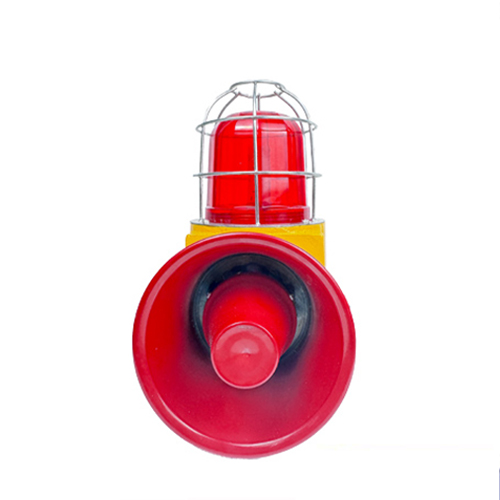

check

check

check

check
Optical Fiber Sensor Technology in Modern Aerospace Applications: The Case of FU-35FG
In today’s rapidly advancing aerospace industry, the demand for reliable and efficient sensor technologies has never been higher. Among the various innovations, optical fiber sensors have emerged as a cornerstone of modern monitoring systems, offering unique advantages in terms of durability, accuracy, and environmental resistance. One of the most notable developments in this field is the FU-35FG optical fiber sensor, a cutting-edge product designed for high-performance applications in aerospace and defense sectors.
The FU-35FG optical fiber sensor is a breakthrough in the field of structural health monitoring and vibration analysis. It utilizes advanced fiber-optic technology to measure mechanical parameters such as strain, temperature, and vibration in real-time. Unlike traditional sensors that often require complex installation and are susceptible to electromagnetic interference, the FU-35FG sensor provides a compact, robust, and highly accurate solution. This makes it an ideal choice for applications where space is limited, and environmental conditions are harsh.

At the core of the FU-35FG sensor is its optical fiber structure, which is embedded within the material being monitored. The fiber acts as a medium for transmitting light signals, and any changes in the fiber’s properties—such as strain or temperature—cause variations in the reflected light. By analyzing these variations, the sensor can accurately determine the mechanical state of the material. This method not only enhances the precision of measurements but also reduces the need for physical contact, thereby minimizing the risk of damage or interference.
One of the key advantages of the FU-35FG sensor is its ability to operate under extreme conditions. Whether it is used in high-temperature environments, exposure to moisture, or in the presence of electromagnetic fields, the sensor maintains its performance levels. This resilience is crucial in aerospace applications, where components are subjected to intense mechanical stress and environmental challenges.
Another significant feature of the FU-35FG sensor is its compatibility with modern data acquisition systems. The sensor can be integrated seamlessly into existing monitoring frameworks, allowing for real-time data collection and analysis. This integration enables engineers to monitor the structural integrity of aircraft components and detect potential failures before they occur. As a result, the sensor plays a vital role in ensuring the safety and reliability of aerospace systems.
The development of the FU-35FG sensor represents a significant step forward in the evolution of optical fiber technology. By combining advanced materials with innovative sensing mechanisms, the sensor sets a new standard for performance and reliability in aerospace applications. Its versatility and adaptability make it a preferred choice for a wide range of industries, including defense, automotive, and industrial machinery.
In summary, the FU-35FG optical fiber sensor is an essential component in modern aerospace technology, offering unparalleled performance and reliability. Its ability to provide accurate measurements under extreme conditions, combined with its ease of integration and durability, makes it a valuable asset in the ongoing quest for safer and more efficient aerospace systems. As the industry continues to evolve, the role of optical fiber sensors like the FU-35FG will only become more critical.
